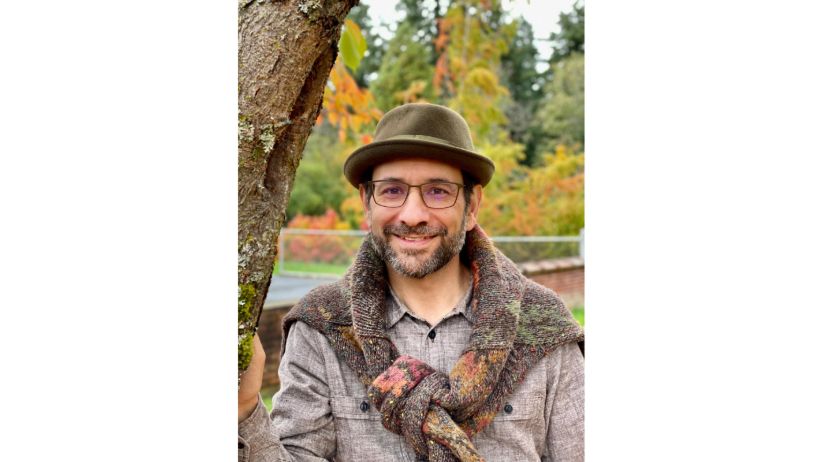Turn It Again: Torah Wisdom for Today
In Pirkei Avot, a book of maxims in the Mishnah, an ancient rabbi, Ben Bag-Bag said about Torah study, “Hafokh bah, va’Hafokh vah, d’khola bah.” Turn it over and over, for everything is in it. For two thousand years, that’s what Jews have done. Here is another turning.
A Covenant of Salt
As Jews begin to read from the book of Vayikra (Leviticus), the entire focus of the Torah shifts to a system of sacrifice. This transition appears to be rather abrupt, so it is worth reflecting where we have been.
Genesis is the book of creation and the faith of our ancestors.
Exodus is the story of a new nation’s descent into slavery as well as its miraculous ascent to freedom coupled with a new national and religious destiny.
In this light, Leviticus ought to be a continuation and explanation of that destiny. In some ways, it is. Simultaneously, one of the additional Hebrew names for Leviticus is Torah Kohanim, an instruction book for priests. This moniker indicates an emphasis on the specialized knowledge that the kohanim needed to serve first in the Tabernacle and ultimately in the Temple in Jerusalem. That’s not the sort of Torah which readily applies to modern life. Yet as Ben Bag-Bag urges, the act of engaging with the Torah and rotating like a kaleidoscope ultimately provides lessons we can use, even from the most technical and seemingly irrelevant verse.
To illustrate this, let’s turn to Leviticus 2:13.
“You shall season your every offering of meal with salt; you shall not omit from your meal offering the salt of your covenant with God; with all your offerings you must offer salt” (The Contemporary Torah, JPS, 2006).
At first glance, this seems to be a historical lesson about how salt was always included when people brought grain offerings to the ancient Tabernacle and Temple. Yet the evolution of Judaism demonstrates how well our ancestors carried ancient traditions forward, preserving them while making them meaningful for their own contemporary era.
In the 19th century, Rabbi Shlomo Ganzfried created an abridged guide to Jewish life, Kitzur Shulhan Arukh. It aimed to help ordinary Jews know how to practice their religion.
“It is a mitzvah to have salt on the table before breaking the bread and to dip the piece of bread over which Hamotzi was said, into the salt. The reason for this is that the table is compared to the Altar [in the Holy Temple] and the food symbolizes the offering, and it is said (Leviticus 2:13): ‘On all your offerings you shall offer salt.’ And because the table is compared to the Altar, it is best to take care not to kill any insects on it” (trans. Avrohom Davis, Metsudah).
This is a simple, yet profound teaching. We learn first about the custom of dipping challah into salt before eating it. Because most challah bread has salt in the dough, this is now an optional practice, but one that many Jews still find meaningful, as it is a direct link to our ancestors.
More importantly, we are taught that our Shabbat table is like the ancient altar in the Temple. It is so holy that we shouldn’t even squash a bug. What does it mean to say that our dining room table is a place of holiness? Does that change how we eat? What sort of conversations should we have over dinner? How can we change our mealtimes into a precious gathering? Suddenly, we discover that the Temple was never destroyed; it exists in every Jewish home, and this ancient ritual invites us to transform our bonds of connection.
In Exodus 19:6, God says that we are meant to be a mamlekhet kohanim v’goy kadosh. We are a nation of holy priests, every one of us. When the kids are yelling, or you are rushing to a meeting, or mealtime is just a power bar, or you are eating alone, what can you do to bring that sort of awareness to mealtimes? Suddenly, every salt shaker becomes an opportunity, even an invitation, to participate in this ancient brit melakh, our covenant of salt.




